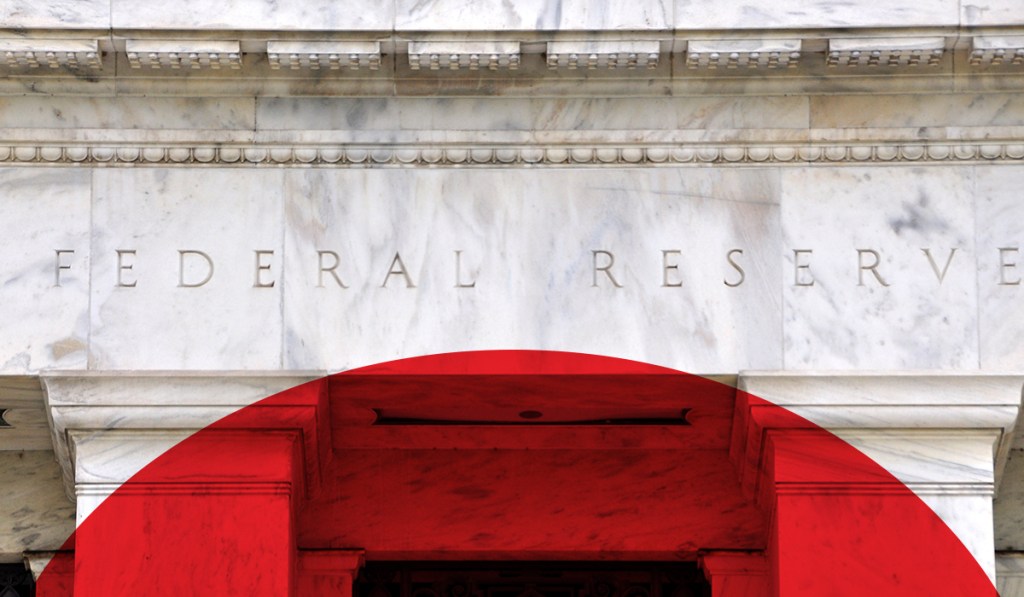The Federal Open Markets Committee (FOMC) held its short-term policy interest rate steady at a range of 5.25% to 5.5% for a third time this year. However, with inflation still exceeding the committee’s 2% target and GDP expanding by 4.9% in the third quarter, another rate hike in December remains possible.
“In determining the extent of additional policy firming that may be appropriate to return inflation to 2% over time, the Committee will take into account the cumulative tightening of monetary policy, the lags with which monetary policy affects economic activity and inflation, and economic and financial developments,” Federal Reserve Chairman Jerome Powell said during a press conference on Wednesday.
He added that reducing inflation would likely require “a period of below potential growth and some softening of labor market conditions.”
Meanwhile, the FOMC will continue to reduce its holdings of Treasury securities and agency debt, and agency mortgage-backed securities.
Trying to tame inflation
Since March 2022, the Federal Reserve hiked its interest rate 11 times for an increase of 5.25 percentage points to combat soaring inflation. It was the fastest pace of rate hikes seen in the last four decades.
Despite a surge in hiring in September and higher inflation monthly readings in August and September, financial conditions have tightened as Treasury yields increase.
“The benchmark 10-year Treasury yield has risen a whole percentage point since the beginning of the third quarter, even though the Fed raised the Fed Funds rate just once in this period following its July meeting,” Danielle Hale, chief economist for Realtor.com, said in an emailed statement.
Some economists say that a 5% Treasury yield equals three additional 25-basis-point rate hikes, according to reporting by The Wall Street Journal.
During the press conference, Powell directly addressed questions concerning the surge of bond yields and their role in the Fed’s policy decisions.
“Persistent changes in the broader financial conditions can have implications for the path of monetary policy,” Powell said. “In this case, the tighter financial conditions came from higher long term rates but also from other sources such as the stronger dollar and lower equity prices.”
He added that Treasury yield rates could impact the Fed’s decision to hike rates in the future if tighter financial conditions persist and longer-term rates aren’t a reflection of expected policy moves. In the current context, “it does not appear that an expectation of higher near-term policy rate is causing the increase in longer-term rates,” Powell concluded.
Meanwhile, the Fed remains laser-focused on its end goal to tame inflation, leaving the option of an additional rate hike on the table.
Housing market bears the brunt of Fed’s tight monetary policies
The 10-year Treasury yield and average 30-year mortgage rates have tracked each other since 1971.
As a result, the sudden surge in treasury yields has prompted mortgage rates to rise near 8%, hurting housing affordability and leading to low levels of existing-home sales.
Michael Fratantoni, chief economist for the Mortgage Bankers Association (MBA), expects the Fed to pause rates for some time.
“We expect its next move will be a cut in next year’s second quarter,” Fratantoni said in a statement. “If the Fed does indeed move to cut rates next year and signals its intent to do so, mortgage rates should trend downward.”
This turn of events could support a strong spring 2024 housing market, he added.






